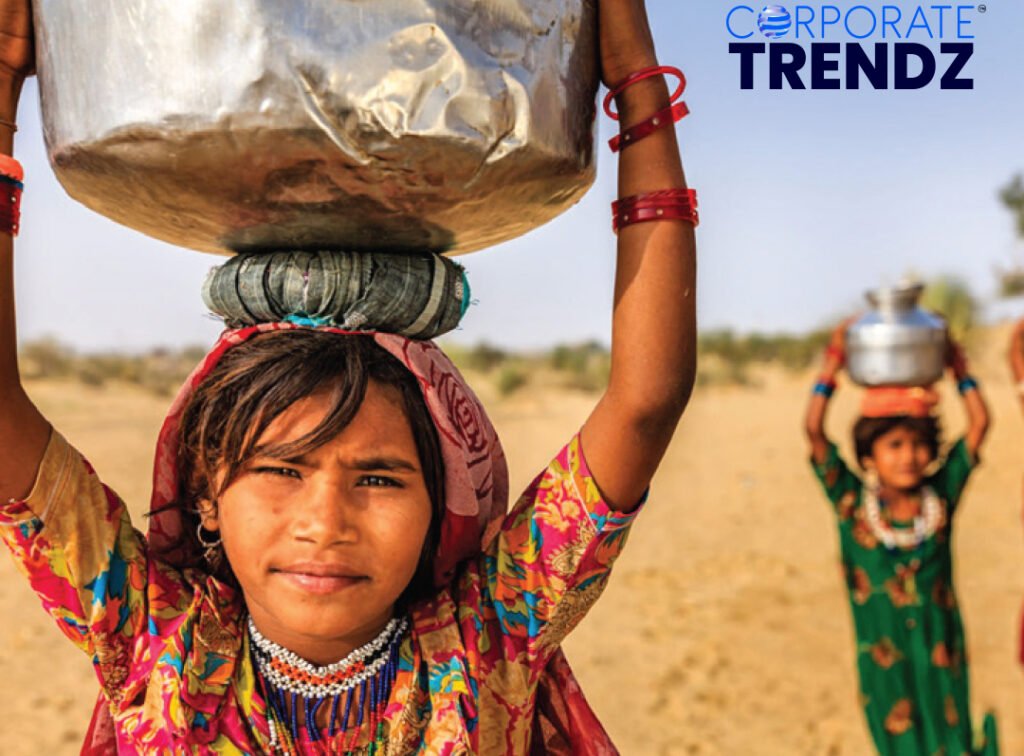Gender Inequality in Education in 2025: A Matter of Concern
Despite global progress in education, gender inequality remains a critical issue in 2025. While many countries have made significant strides toward closing the gender gap, millions of girls worldwide continue to face barriers to education due to cultural, economic, and systemic challenges. This persistent disparity is not just a social issue, it is a direct threat to global development and economic growth.
The Current State of Gender Inequality in Education
In many developing nations, girls are still less likely than boys to complete primary and secondary education. According to recent data, over 120 million girls remain out of school, with rural and marginalized communities experiencing the most severe disparities. Even in developed nations, gender biases in subject choices, leadership opportunities, and classroom dynamics continue to hinder equal educational experiences.
While more girls than ever before are enrolling in school, dropout rates remain alarmingly high due to poverty, early marriages, gender-based violence, and lack of access to menstrual hygiene products. In regions affected by conflict and political instability, schools for girls are often targeted, further exacerbating the issue.
Barriers to Equal Education
- Cultural Norms and Stereotypes- In many societies, traditional gender roles prioritize domestic responsibilities for girls over their education. Parents often perceive investing in a son’s education as more beneficial since daughters are expected to marry and leave their families.
- Economic Constraints- Poverty disproportionately affects girls’ education. When families face financial hardship, they are more likely to withdraw daughters from school to contribute to household income or care for siblings.
- Lack of Safe School Environments- Many girls experience harassment or unsafe school conditions, leading to absenteeism and dropouts. The absence of female teachers, inadequate sanitation facilities, and long travel distances to schools further discourage attendance.
- Gender Bias in Curriculum and Career Paths- Even when girls receive education, they are often subtly steered away from STEM (Science, Technology, Engineering, and Mathematics) fields. Gendered curriculum and societal expectations limit their career aspirations, reinforcing economic inequalities.
A Vision for the Future
To eliminate gender inequality in education, governments and organizations must prioritize policy changes that support girls’ education. Investments in scholarships, safe school infrastructure, mentorship programs, and community awareness campaigns are essential. Additionally, promoting female role models in leadership and STEM fields can inspire young girls to pursue diverse career paths.
Education is a fundamental right, and in 2025, no girl or anyone for that matter should be denied the opportunity to learn. The world cannot afford to let gender inequality exist ensuring equal education for all is a necessity, not an option.
- Manish Dave: Named One of India’s 10 Leading Real Estate & Construction Leaders in India 2025 By Corporate TrendZ
- Gokul G K: Named One of India’s 10 Leading Real Estate & Construction Leaders in India 2025 By Corporate TrendZ
- Bhilwara Energy Limited Appoints Basant Jain as Joint MD & CEO
- Ashwani Vohra steps in as Managing Director at Elior India
- Jio Financial Services appoints Venkata Peri as COO
- SalarySe appoints Indranil Guha as Vice President of Marketing
- Ritwick Udayan Appointed Executive Director at Deloitte
- DS Patil: Named One of India’s 10 Leading Real Estate & Construction Leaders in India 2025 By Corporate TrendZ












